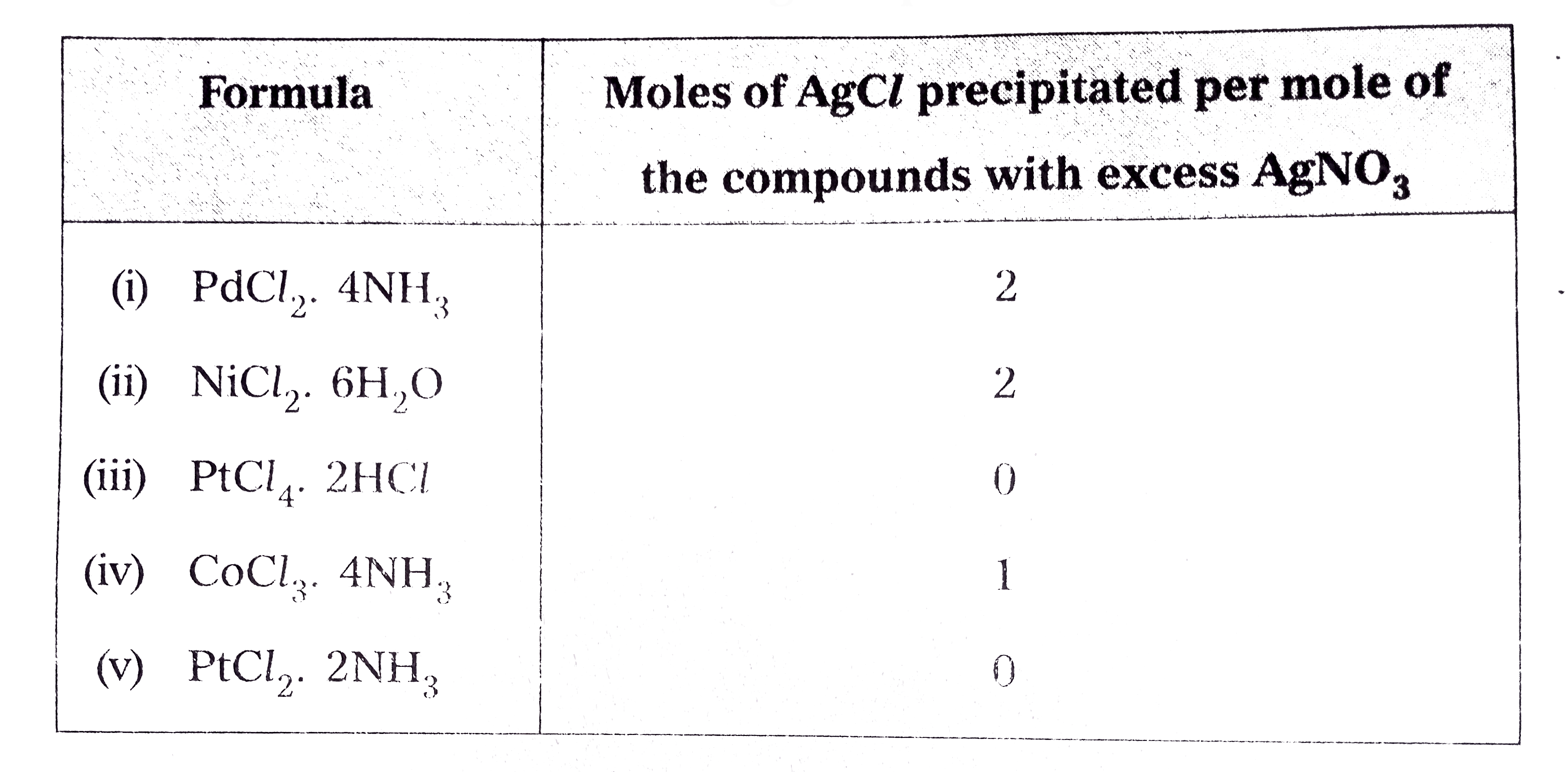Complete Solutions to TEXTUAL EXAMPLES of chapter D AND F- BLOCK ELEMENTS AND CO-ORDINATION COMPOUNDS of Class 12 book with complete answers and questions
| Class 12 | CHEMISTRY |
| Chapter | D AND F- BLOCK ELEMENTS AND CO-ORDINATION COMPOUNDS |
| VIKRAM | TEXTUAL EXAMPLES |
| Number Of Questions | 25 |
| Academic Year | 2023-24 |
On what ground can you say that scandium (Z = 21) is a transition element but zinc (Z = 30) is not ?
View SolutionWhy do the transition elements exhibit higher enthapies of atomisation ?
View SolutionName a transition element which does not exhibit variable oxidation states.
View SolutionWhy is `Cr^(2+)` reducing and `Mn^(3+)` oxidizing even though both have the same `d^(4)` electronic configuration.
View SolutionHow would you account for the increasing oxidising power in the series `VO_(2)^(+) lt Cr_(2)O_(7)^(2-) lt MnO_(4)^(-)` ?
View SolutionFor the first row transition metals the`E^(0)` values are:
`{:(E^(0),V,Cr,Mn,Fe,Co,Ni,Cu),((M^(+)//M),-1.18,-0.91,-1.18,-0.44,-0.28,-0.25,+0.34):}`
Explain the irregularity in the above values.
View SolutionWhy is the `E^(ɵ)` value for the `Mn^(3+)//Mn^(2+)` couple much more position than that for `Cr^(3+)//Cr^(2+)" or "Fe^(3+)//Fe^(2+)` ? Explain.
View SolutionCalculate the magnetic moment of a divalent ion in aqueous solution if its atomic number is 25
View SolutionWhat is meant by 'disproportionation' of an oxidation state ? Give an example.
View SolutionName a member of the lanthanoid senes which is well known to exhibit +4 oxidation state.
View SolutionOn the basis of the following observations made with aqueous solutions, assign secondary valencies to metals in the following compounds.

View SolutionWrite the formulas for the follow co-ordination compounds
Tetraammineaquachloro cobalt (III) chloride
View SolutionWrite the formulas for the follow co-ordination compounds
Potassium tetrahydroxozincate (II)
View SolutionWrite the formulas for the follow co-ordination compounds
Potassium trioxalatoaluminate (III)
View SolutionWrite the formulas for the follow co-ordination compounds
Dichlorobis (ethane-1, 2-diamine) cobalt (III)
View SolutionWrite the formulas for the follow co-ordination compounds
Tetracarbonylnickel (0)
View SolutionWrite the IUPAC names of the follow coordination compounds.
`[Pt(NH_(3))_(2)Cl(NO_(2))]`
View SolutionWrite the IUPAC names of the follow coordination compounds.
`K_(3)[Cr(C_(2)O_(4))_(3)]`
View SolutionWrite the IUPAC names of the follow coordination compounds.
`[CoCl_(2)(en)_(2)]Cl`
View SolutionWrite the IUPAC names of the follow coordination compounds.
`[Co(NH_(3))_(5)(CO_(3))]Cl`
View SolutionWrite the IUPAC names of the follow coordination compounds.
`Hg[Co(SCN)_(4)]`
View SolutionWhy is geometrical isomerism not possible in tetrahedral complexes having two different types of unidentate ligands Co-ordinated with the central metal ion ?
View SolutionDraw structures of geometrical isomers of `[Fe(NH_(3))_(2)(CN)_(4)]^(-)`
View SolutionOut of the following two Co-ordination entities which is chiral (optically active)?
a) `"cis"-(CrCl_(2)("ox")_(2)]^(3-)` b) `"trans-"[CrCl_(2)("ox")_(2)]^(3-)`
View SolutionThe spin only magnetic tnoment of `[MnBr_(4)]^(2-)` is 5.9 BM. Predict the geometry of the complex ion ?
View Solution
TEXTUAL EXAMPLES questions and complete solutions for chapter D AND F- BLOCK ELEMENTS AND CO-ORDINATION COMPOUNDS of VIKRAM PUBLICATION ( ANDHRA PUBLICATION) of Class 12